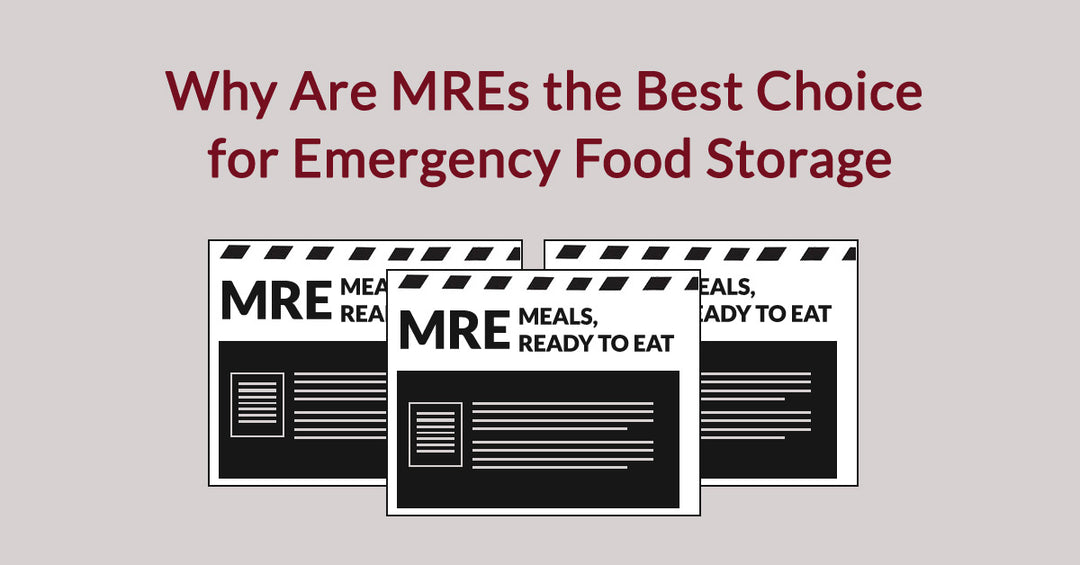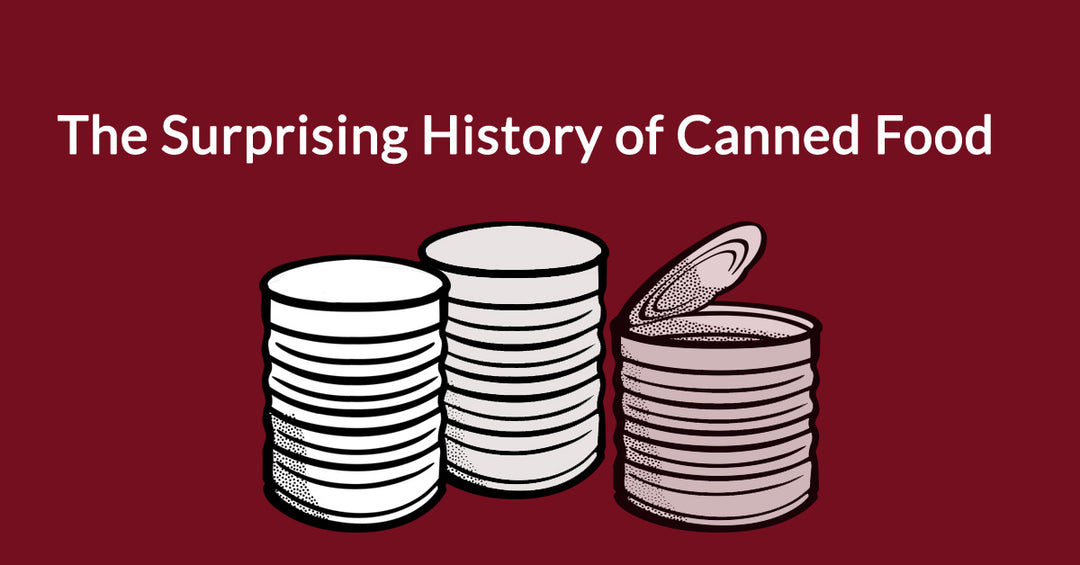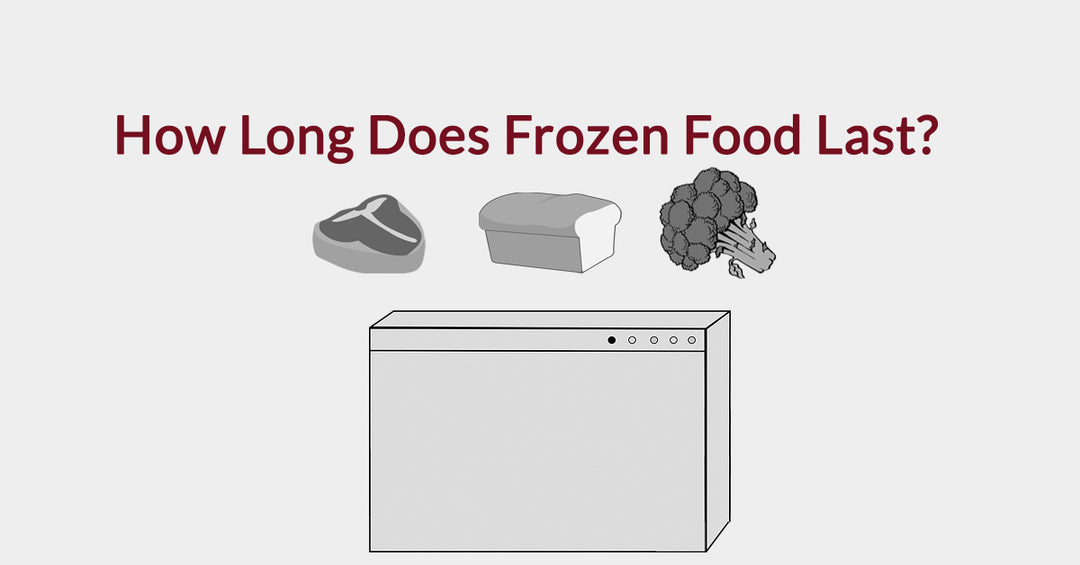US Food Supply Disaster Series: Hurricane Harvey (August 2017, Texas Gulf Coast)

In August 2017, Hurricane Harvey hit the Texas Gulf Coast as a Category 4 storm, bringing unprecedented rainfall and catastrophic flooding. This severe weather event not only caused immense destruction but also revealed critical vulnerabilities in our urban food supply chains and disaster preparedness strategies. For anyone interested in emergency management, food security, or urban resilience, Harvey offers invaluable lessons.
When the Waters Rose: Food System Challenges
Harvey’s record rainfall created massive flooding that brought daily life to a halt. The "just-in-time" grocery supply chain crumbled as roads became impassable, leaving many supermarket shelves bare, particularly in the greater Houston area. This highlighted immediate food scarcity issues, especially for low-income urban neighborhoods and isolated rural communities.
Beyond retail, the storm decimated local food production. Many community gardens, vital for fresh produce, were wiped out by floodwaters. As thousands sought refuge, emergency shelters were quickly overwhelmed by the demand for food. Local food pantries, already serving vulnerable populations, were either damaged, flooded, or simply unable to cope with the surge in need.
Who Was Most Affected?
The impact of Hurricane Harvey disproportionately affected the most vulnerable. Low-income urban neighborhoods, often already facing limited access to healthy food, found their challenges amplified. Remote rural communities were also severely impacted as transportation routes were cut off, isolating them from essential supplies.
Outcomes and Lessons: Building a More Resilient Food Future
Despite its devastation, Hurricane Harvey spurred significant improvements in disaster food logistics. It became clear that urban disaster preparedness needed an overhaul.
A major outcome was the strengthening of partnerships between FEMA and critical food sector players like food banks and major retailers. This collaboration allowed for more streamlined distribution of emergency meals and supplies, leveraging existing networks and infrastructure. Retailers also began working with authorities on faster reopening and restocking plans.
The experience also underscored the need for resilient infrastructure, leading to discussions about warehouse waterproofing and elevating critical food storage facilities in flood-prone areas. Ultimately, Harvey taught us that effective food security during a disaster requires robust emergency planning, strong public-private partnerships, and a deep understanding of community vulnerabilities. By applying these lessons, cities can better prepare for future extreme weather events, ensuring communities remain fed when it matters most.




